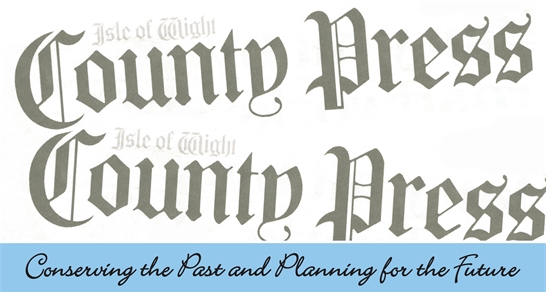March 2025
Brickyards on the Island – do you have any photographs?
Bricks are fascinating, but most people never give them a thought. That is why the Isle of Wight Society created the Brick Hack Display at Whippingham Church Hall carpark in 2023 – freely available for people to look at any time.
We are just about to produce a book all about the brickyards, the bricks, and the men who worked there. There must be more excellent photographs around that could be included in the book, and so this article is just a plea to let us know if you do have some. I can be contacted eastcowesheritage@gmail.com
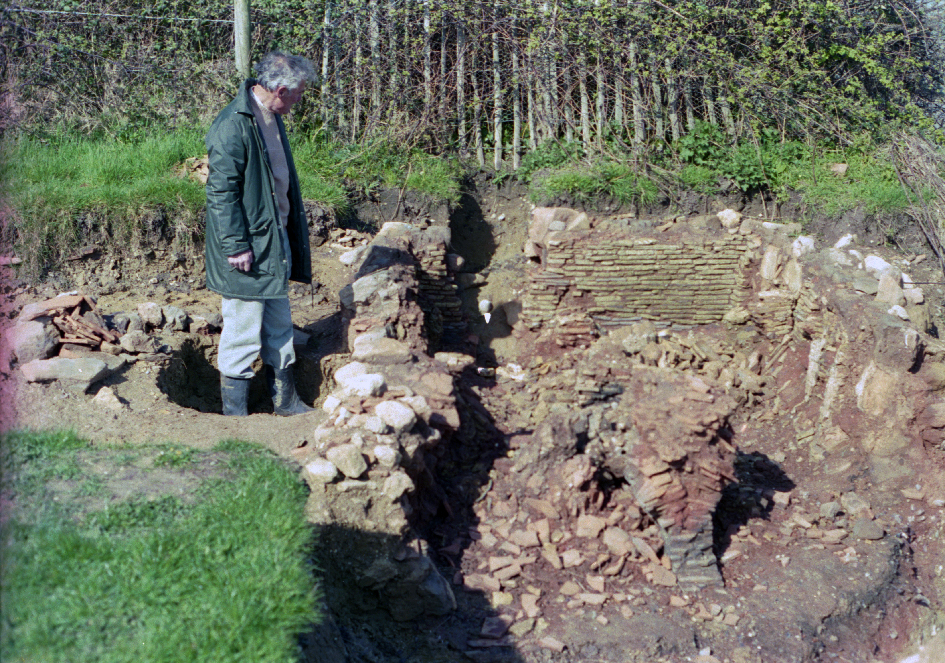
15th Century kiln at Quarr
The last brickyard to close on the Island was at Rookley, in 1974. The vast clay pits were being dug then by Graham Attrill, who kindly gave us some photographs of him with his digger. Those clay pits are now deep attractive ponds. Graham said that the work was relentless, as he had to keep working to keep up with the machines and their conveyor belts constantly making clay into 350 thousand bricks a week.
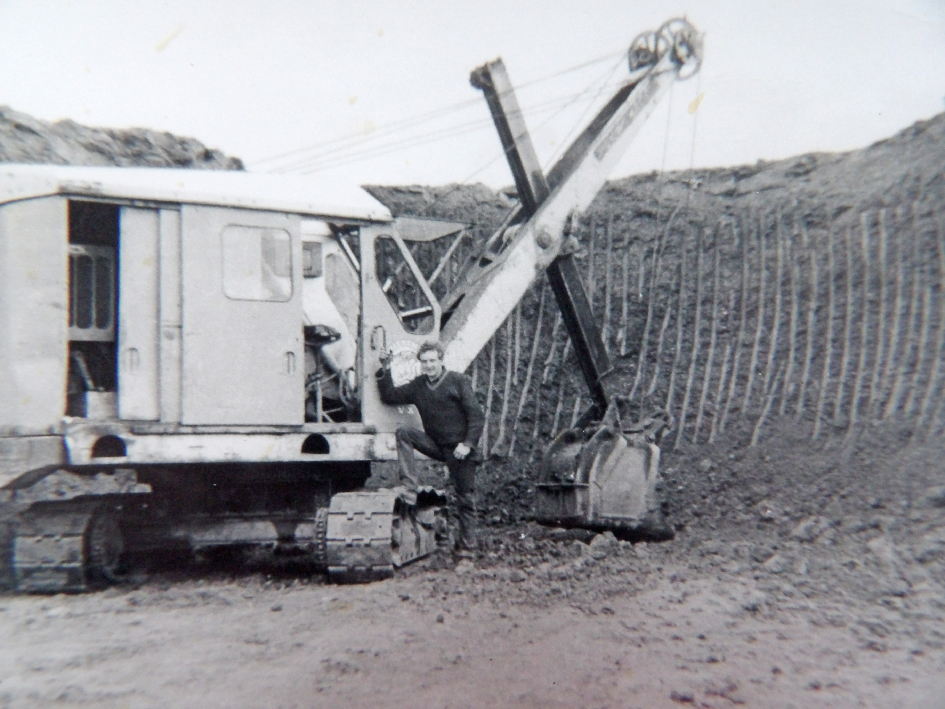
Rookley Clay pit
Werrar Brickyard, run by the Flux family beside the Medina, closed before Rookley. The men dug all the clay by hand, some of it from the river at low tide. The bricks were fired in a couple of kilns, and then many were shipped direct to the mainland. When Fawley Oil Refinery was being built, Werrar bricks went to build the foundations. Others were transported to Island building sites by lorry.
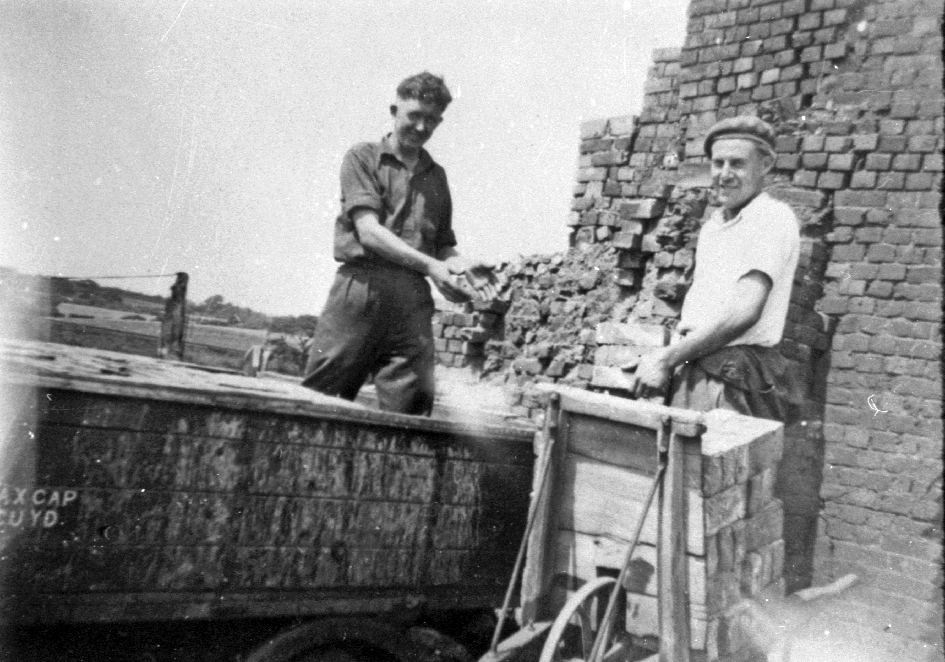
Wearer, unloading the kiln
Downend was another of the last brick yards, closing in 1959. The clay pit and drying sheds were at the top of the hill, known to most of you as Robin Hill. Difficult now to imagine that as a hive of industrial activity. Before mechanisation in 1926, Downend could produce about 400,000 bricks a year. After new kilns, wire cutting brick machines, and heated drying sheds for all year-round production were introduced, the yard could produce 1,200 bricks an hour.
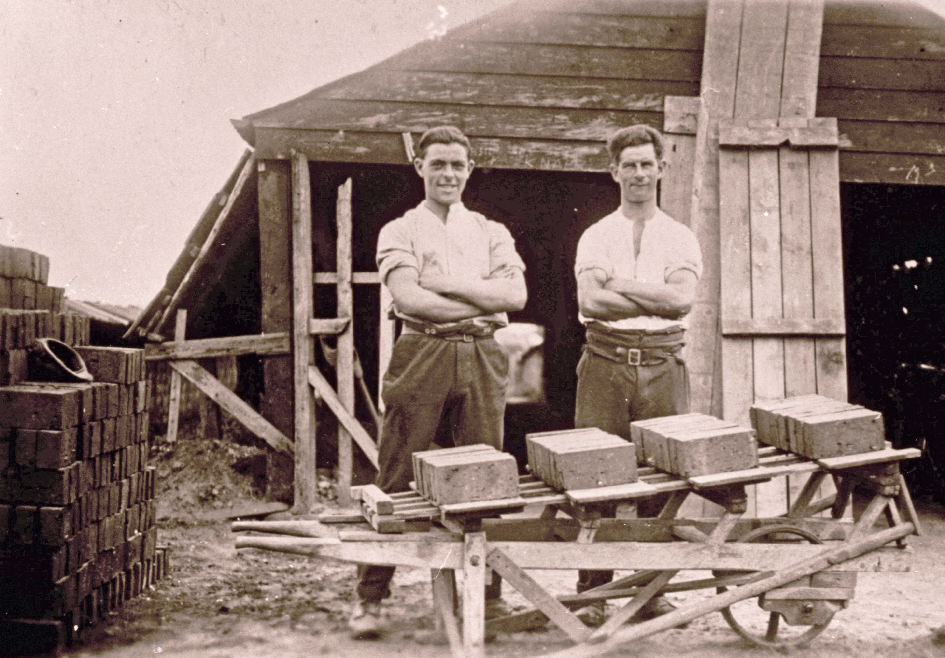
Downend brickyard
We know of well over 100 brickyards on the Island. Some have been lost in time and are only remembered as a name of a field on a map – Brick Field, or Brick Kiln Ground, or Brick Kiln Copse. Others have the names of the brickmakers given in the Poor Rates Book.
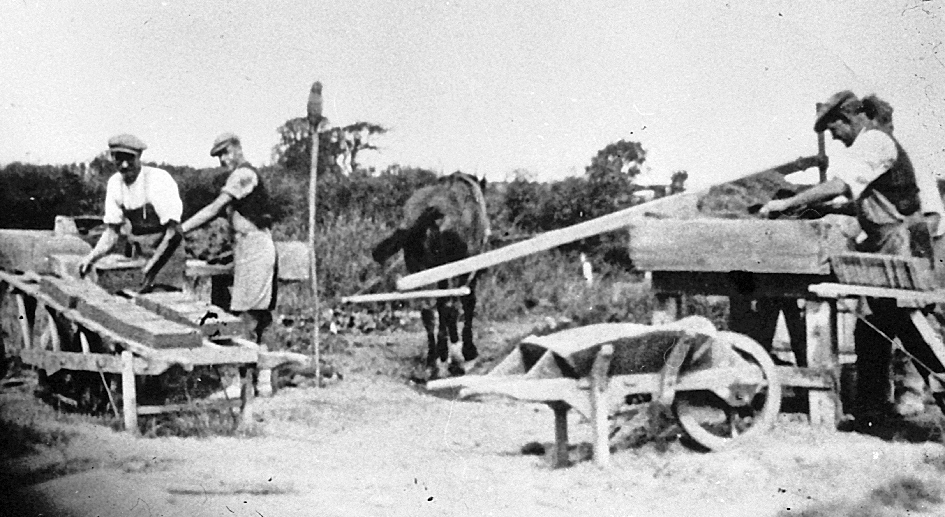
In Carisbrooke, in 1755 Mr Sanders was paying rates of 4 shillings for a Brick yard, but Mr More had to pay 14shillings for his brick kiln. No photographs of these early yards!Not only men worked at the yards. Boys as young as ten in the 1860s were working a ten- or twelve-hour day, carrying heavy clay to the brickmaker.
So if you have any photographs we can use in the new book – let us know!
Sarah Burdett
[Go Back]
